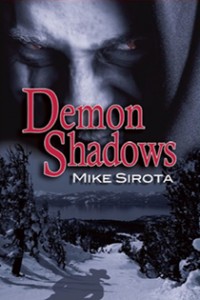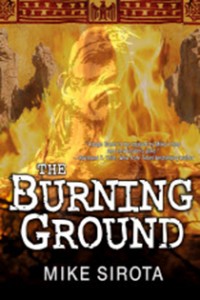Here is a post that first ran in 2015. Useful writing tips never become outdated.
WATCH YOUR LANGUAGE!
To some writers, “outline” is a dirty word (much like “synopsis”). To others, it is an indispensable tool in helping to craft their stories. As for me—well, during my multiple writing careers I have traveled down both roads. Let me explain.
 During my first writing career, when I cranked out over a dozen sword & planet and sword & sorcery novels, I gave absolutely no thought to outlining any of them. I sat down at the typewriter/computer and just let it flow. It worked, I guess. The stories weren’t too bad, and they got published. (The writing sucked—but that’s a whole different story.) Outline? We don’t need no stinkin’ outline.
During my first writing career, when I cranked out over a dozen sword & planet and sword & sorcery novels, I gave absolutely no thought to outlining any of them. I sat down at the typewriter/computer and just let it flow. It worked, I guess. The stories weren’t too bad, and they got published. (The writing sucked—but that’s a whole different story.) Outline? We don’t need no stinkin’ outline.
In my second writing career, when I had a real job and other responsibilities, I decided to use my limited time to pitch partial projects to editors. That meant a chapter or two, and—oh no!—an outline for the rest of the story. Just the thought of it intimidated me. But it had to be done, so after writing the first two chapters (about fifty pages) of what would become my novel Demon Shadows (later published by Bantam Books), I agonized over a six-page outline but finally got it done. I figured that would kill any chance of the story seeing the light of day.
Months later, an editor at Bantam called and offered me a contract for the story. Great! Now all I had to do was write the rest of the book. Given the time that had passed, I’d all but forgotten about the outline. I re-read it, and guess what—I realized that the story was already written! Yeah, okay, I had to flesh out the six pages into over three hundred, but that wasn’t hard at all. The outline kept me on track, and even with a full-time job I got the story done in a few months. (I wrote and sold a few more proposals after that—all with outlines.)
“HARRR, THEY’RE MORE LIKE GUIDELINES THAN RULES”
 Now, did I follow the outline to the letter? No way, because at some point the story took a different turn, and something that I’d written in the outline just didn’t make sense. So I went in another direction, letting the story dictate where I should go, and it worked. Captain Barbossa in the Pirates of the Caribbean movies, talking about the Pirate Code, explained that they were guidelines, not rules. The same holds true for an outline. Just because you wrote it doesn’t mean you have to use it verbatim.
Now, did I follow the outline to the letter? No way, because at some point the story took a different turn, and something that I’d written in the outline just didn’t make sense. So I went in another direction, letting the story dictate where I should go, and it worked. Captain Barbossa in the Pirates of the Caribbean movies, talking about the Pirate Code, explained that they were guidelines, not rules. The same holds true for an outline. Just because you wrote it doesn’t mean you have to use it verbatim.
I can’t recall exactly what didn’t work in my outline for Demon Shadows; that was a long, long time ago. But I have a more recent example that will illustrate the value of an outline from a couple of perspectives. My third writing career began early in 2011 with the publication of Fire Dance, which had been written for Bantam many years ago but never got published. Afterward, I decided to actually write a new book. Recalling that I had done many proposals back in my second career, I went through the archives (a file cabinet in my attic) and found the perfect follow-up, a Native American-themed ghost story titled The Burning Ground. Way back, I’d written the first forty-plus pages, and even more important—a seventeen-page outline! Wow, another story already “completed.” It was like pushing the “Easy” button at Staples; only took a few months.
 But does that mean the entire outline worked? Again, no way. The first nine pages did, but on page ten I would have been at great risk of repetition had I gone with what I’d mapped out. And a few pages later I had created a scene that would have destroyed all of the empathy I’d worked at building for my ghostly characters, so that also took another direction. To tell the truth, most of the second half of the outline contained roadblocks, though I managed to turn them into little more than speed bumps.
But does that mean the entire outline worked? Again, no way. The first nine pages did, but on page ten I would have been at great risk of repetition had I gone with what I’d mapped out. And a few pages later I had created a scene that would have destroyed all of the empathy I’d worked at building for my ghostly characters, so that also took another direction. To tell the truth, most of the second half of the outline contained roadblocks, though I managed to turn them into little more than speed bumps.
So have I become a supporter of the outline? You got it. To again paraphrase the wisdom of Captain Barbossa: “Outlines are more like guidelines than rules.” Harrr!
